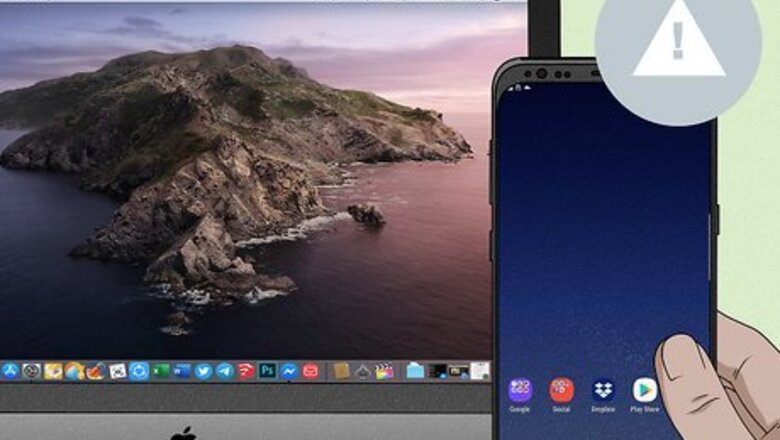
views
Seamless integration with your Mac and other Apple devices.
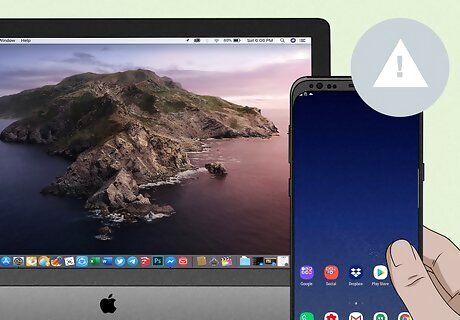
If you're a Mac user, it'll be more difficult to move seamlessly between your phone and computer. Switching to Android means no more sharing a clipboard, handing off work between devices, or sending SMS and MMS texts from your Mac. If you use Apple Calendar on your Mac, you won't receive event notifications on your Android. Switching to Google Calendar on both devices would ensure you are still notified of events in both locations. Since there's no version of Safari for Android, you also won't be able to access your Safari bookmarks and browsing history from your Android. If this is important to your workflow, you can always install Google Chrome on your Mac and use it with your Android the same way you did Safari. If you're a Windows user, switching to a Samsung Galaxy phone will be an improvement—you can use the Link to Windows feature to transfer content between devices, and even use Android apps from your PC.
iMessage's Apple-only features.
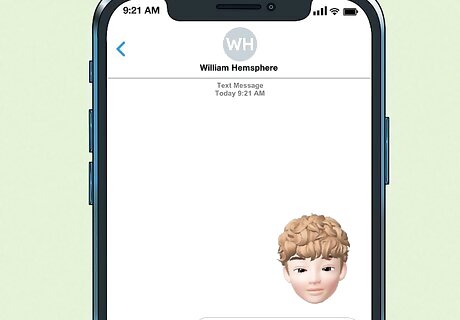
When iPhone users exchange messages with other iPhone users in the Messages app, they can use features that Android users can't. iMessage is the technology behind the Messages app on your iPhone that lets you send and receive messages over Wi-Fi and cellular data instead of SMS and MMS. Some iMessage features you may miss are: Sending messages with effects, like fireworks, balloons, and bubbles. Installing iMessage apps from within the Messages apps, including sticker packs and games you can play with other iPhone users. Sending and receiving secret messages in invisible ink. Sending and receiving money with Apple Pay while texting. Creating and sharing Memoji.
Using AirPlay-enabled TVs and speakers.
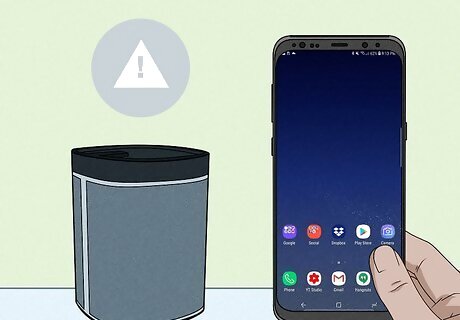
If you're used to streaming music and movies to your Apple TV, Mac, or AirPlay speakers, you'll run into trouble on your new Android. Androids don't come with AirPlay support, so if the device you want to stream or mirror your screen to only supports AirPlay, you won't be able to use it unless you install commercial (paid) software. This might not be a huge problem, as Android's Chromecast feature is widely compatible with most TVs and smart speakers.
Easy FaceTiming with friends and family.
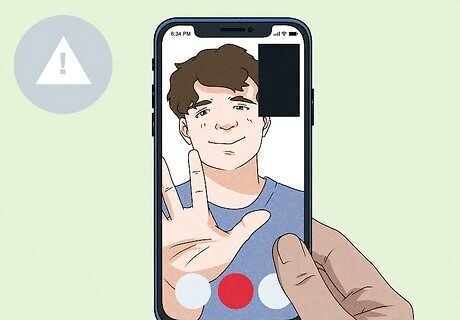
Using FaceTime on an iPhone to place video calls is as easy as making voice-only calls. If you have an Android, you can only FaceTime with iPhone users if they initiate the call and send you an invitation link—a feature that's available as long as they're using iOS 15 or later. While this is an improvement from the days of no FaceTime options for Android users, the steps may be a little challenging to explain to less-technical friends and family members. This doesn't mean you can't video chat on an Android! Google Meet is a great FaceTime alternative that your friends with iPhones can install. Once you both have the app, you can use it to video chat at any time. If you're a Memoji fan, you can no longer use animated Memoji in FaceTime calls once you switch to Android.
Instant Wi-Fi password sharing.
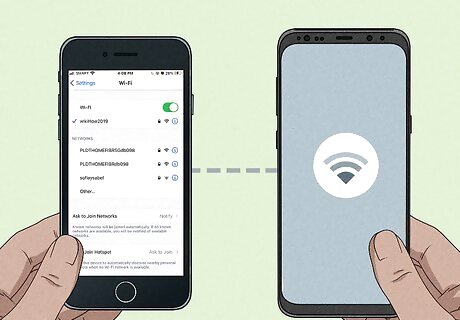
iPhone Wi-Fi password sharing makes it possible to share a Wi-Fi password with another iPhone user in a single tap. If you try to join a wireless network that a friend or family member is currently connected to, they won't be prompted to send you the password.
Fast and frequent system updates.
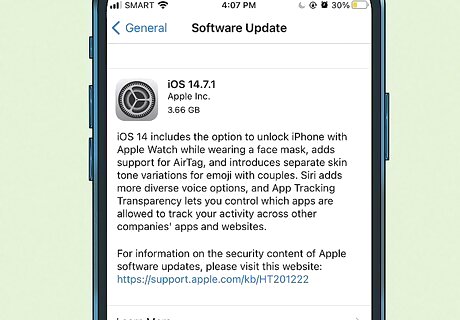
Doesn't it seem like there's always an update ready for your iPhone? As frustrating as they might be, you might miss those updates if you switch to Android. Because all iPhone updates are pushed to devices directly from Apple, updates are generally available to all users at once. When Google pushes out an Android update, the update schedule varies by manufacturer. iPhones generally receive updates for up to 6 years from purchase, while Androids are generally cut off from future updates after just 2 or 3 years. Samsung is an exception, as they now promise at least 4 years of security updates for their most popular and flagship models.
The ease of finding cases and other accessories.
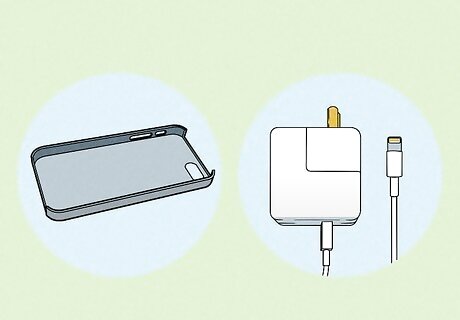
There are hundreds of Android models to choose from at any given time, all with different sizes, specs, and manufactures—unlike Apple phones. Since there are so many different Android models, it can be difficult to walk into an electronics store and find a selection of protective cases that fits one particular model. Android's USB-C charging cables are standardized and easy to find just about anywhere. They are also more inexpensive than iPhone charging cables, and can even be used to power other types of devices. Because Samsung models are the most popular Androids, you'll be more likely to find Samsung cases in stores than other models.
AirDropping files and media to other iPhones and Apple devices.
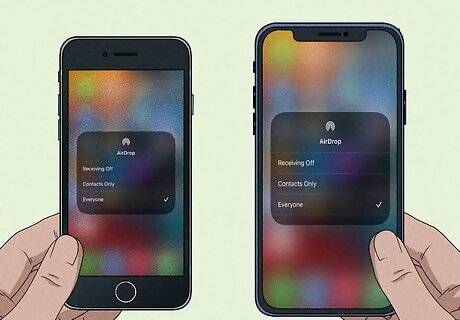
AirDrop makes it easy to share files with anyone nearby who also has an iPhone, iPad, or Mac. But like other Apple technologies, AirDrop is not compatible with Androids. And while modern Androids come equipped with Nearby Share, that technology only works with other Androids. There are still lots of ways you can share files from an Android to an iPhone, iPad, or Mac, including through Google Drive or iCloud.
Offloading apps to save space.
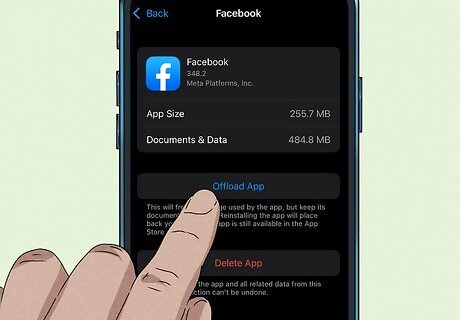
Offloading an iPhone app temporarily deletes the app without erasing the app's data. There is no identical feature for Androids—you can either delete the app's data without deleting the app, or delete the app and its data. Fortunately, many Androids can take MicroSD memory cards, which means you can always add more space when you need to. If you're always having to delete files and apps on your iPhone to make room for more, switching to Android will be an improvement. Google also offers a cloud storage service similar to iCloud that provides plenty of room for backups, photos, and other files.
Ease of use.
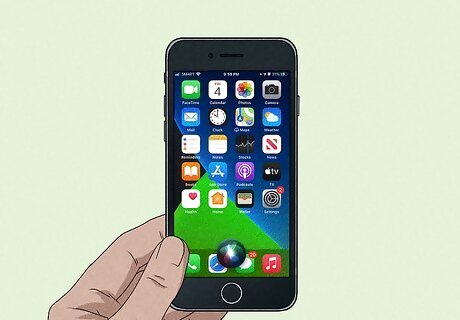
The iPhone's interface is simple and straightforward. Once you learn how to use your iPhone, you can use any iPhone. If you ever switch to a different Android model, you may have to learn how to use all new apps and an entirely new interface. While "ease of use" is subjective, Androids are generally better options for people who want to be able to customize their phones and have access to a greater variety of apps.


















Comments
0 comment